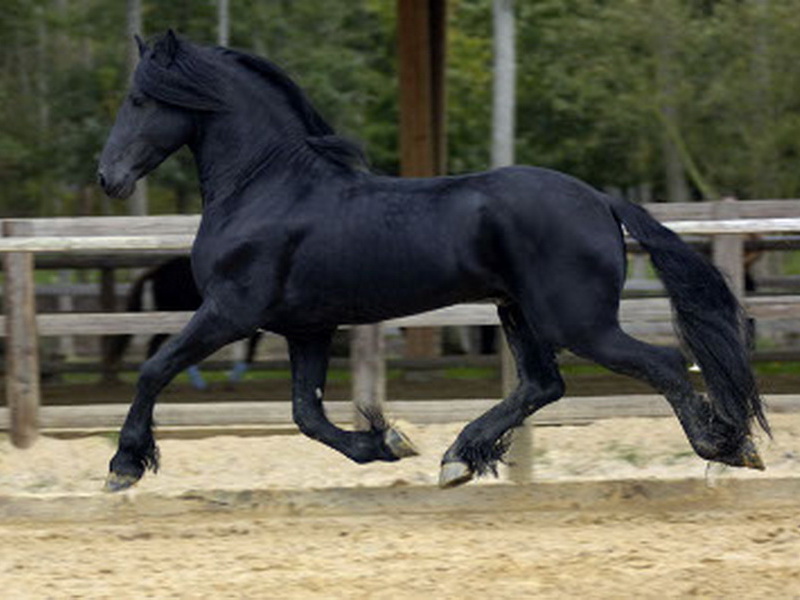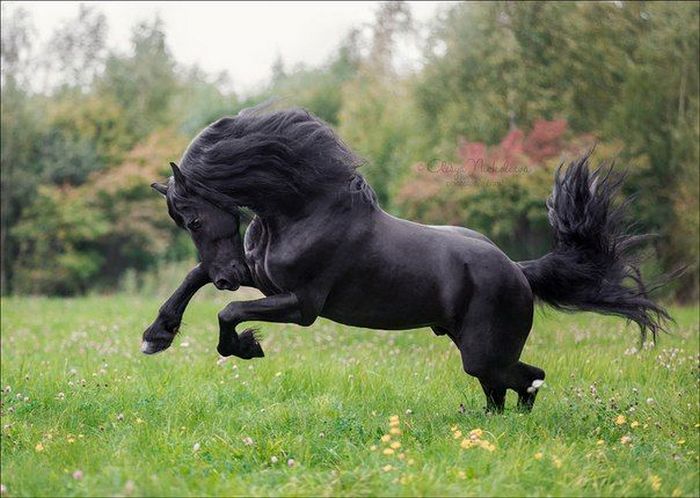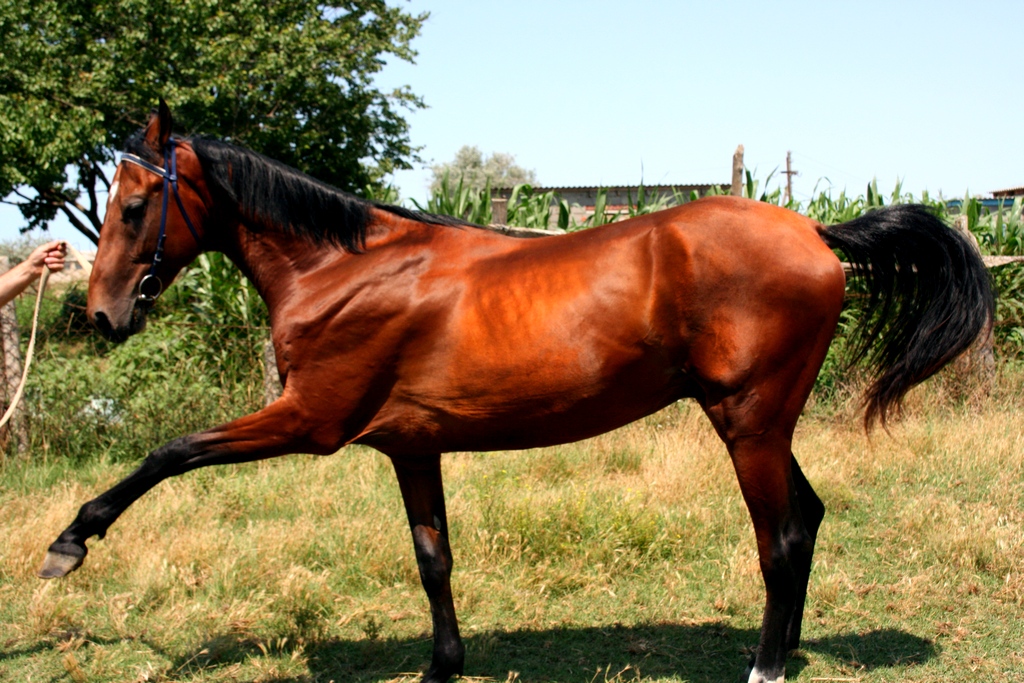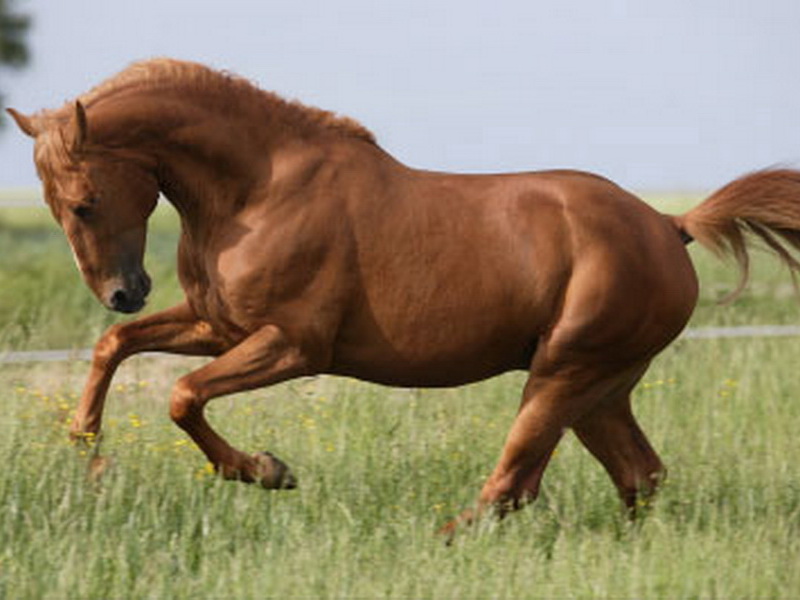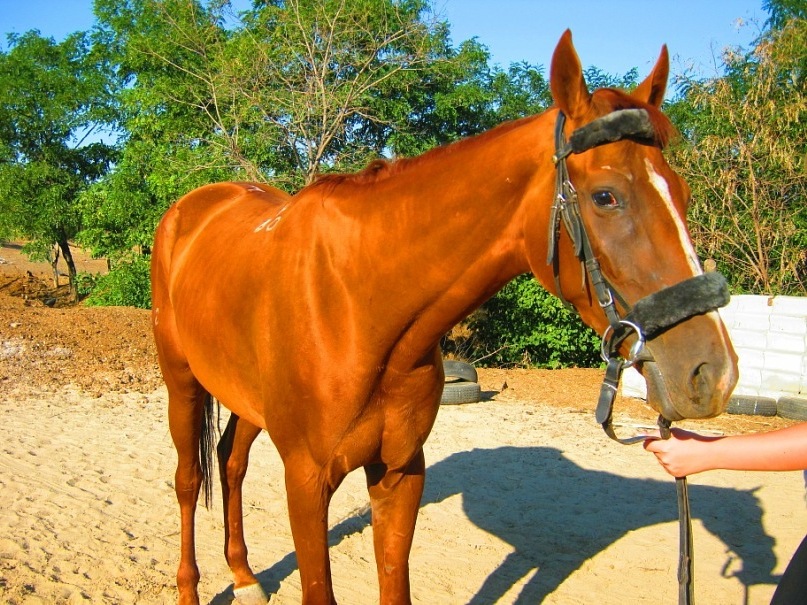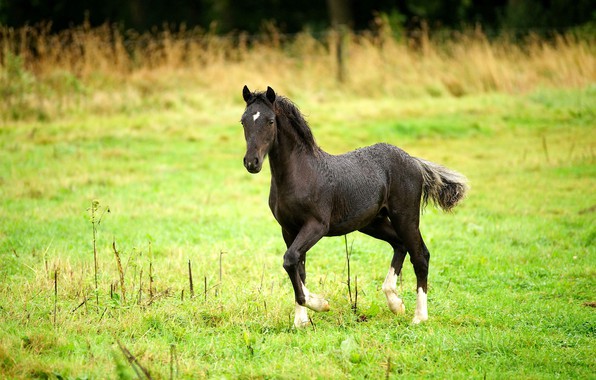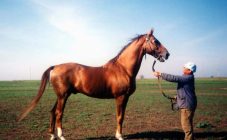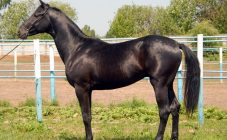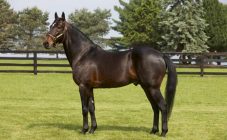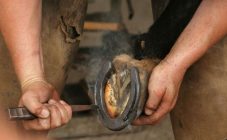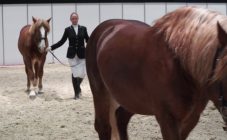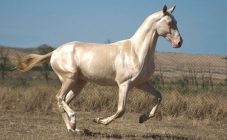Horses are beautiful and noble animals, companions of many fairy tales and legends. No historical event can be imagined without them. To this day, horses are known all over the world. They differ in weight, height, color. Moreover, the colors of horses play an important role in breeding.
In nature, there are only 4 suits: black, bay, red and gray. All other colors are derived. There are a lot of them, and they arose in ancient times.
Black suit
This spectacular suit is perhaps the most famous participant in the legends of the peoples of the world. In most stories, the "raven" is a supporter of evil and death, as, for example, in the hellish ravens Woland from "The Master and Margarita" by M. Bulgakov, irrevocably taking Satan and his retinue to the Underworld. In Scottish culture, They were seen as kidnappers, and Canadians even imagined the devil as a black horse. Because of this, many still unjustly believe that this suit is in trouble.
History and origins
Crow's wing color is one of the basic colors of horses. Since ancient times, it is these individuals that are valued - powerful and sturdy. When exactly they began to appear in the stables is unknown, but, judging by the folklore, black stallions were tamed in antiquity.
External description
Dark beauties with long, smooth manes - these are such blacks that can most often be found in photographs. But sometimes they have a lighter color and even white and cream spots. The hooves are either black or light colored.
A black horse is often called a black horse, which is fundamentally wrong. The name of the suit was given in honor of the raven's wing, and the very same feathers are cast blue. So his four-legged namesake hair is very different. In mares living near the sea, the body "turns blue", but under the bright sun it can begin to give off yellowness. It depends on the hairs. Ideally, they should be all dark, but there are stallions with light ones. Also, some apprentices have a habit of fading in the sun or after shedding.
There are several subspecies of the suit:
- Black "in tan". It is she who can be found brown-brown in the warm season. The tips of the hairs from direct sunlight brighten, and the roots remain the same dark. And so it turns out its color.
- Ash-black. Such a mare can be easily confused with a true crow. But they differ in that the ash wool is not so shiny and gloomy. She is rather brown or chestnut.
- Crow piebald. These marble beauties are symbols of Indian culture. On dark wool, there are elegant white spots of various shapes and patterns.
Features, disposition and behavior
Contrary to their beliefs, the "crows" are not evil at all. There are some unfriendly individuals, but with a good owner they will be friendly animals. They are good at farming and are easy to train.
From infancy, black foals have a dark color, although not as strong as their parents. In molting breeds, it will be difficult to determine the color until a certain age.Even in adulthood, molting can greatly change the horse color.
Bay suit
Often participants in battle scenes in cinema are bay horses. They are widespread throughout the world, and their history goes back to antiquity.
History and origins
Bay horses may well be the ancestors of most of the known breeds. Their genes make it possible to create many good layouts. So, noble English individuals come from the ancient bay Arabian horses.
The color of the coat of these mares depends on the presence of a special pigment. Thanks to him, brown shades prevail in the range of horses and do not change with age. They will not turn gray and brighten after molting. Famous karak horses have a deeper color.
External description
Bay stallions have special colors: from chocolate to golden. The mane and tail are most often black, but there are also light ones. The legs are almost always black. This is a distinctive feature of the red suit. It is very rare that the legs are lightened, but these colors are found mainly in foals. They are born pale or piebald, but darken as they grow older, and the color of the coat becomes uniform.
Among the bay you can see such apprentices as:
- Light bay. Slightly lighter than bay. The eyes and belly may turn beige or golden, and on the legs, black hairs mingle with brown.
- Giving up. Its difference is that there are light tan marks on the areas of the head and abdomen. Sometimes the coat turns pale on the back of the body and legs.
- Deer bay. In individuals of this color, the belly, neck and muzzle acquire a nutty and even golden hue, sparkling in the sun. The rest of the body is brown and brown. It is sometimes confused with a light chestnut horse.
- Cherry. Another name for this subspecies is red. Indeed, some mares cast cherry shades and create an indescribable impression. Unfortunately, these horses are very rare.
- Karakova. This handsome man sometimes becomes black on the lips of those who do not know. But in fact, this apprentice stands between the "crows" and the bay. The brown color of the horse is distinguished by its dark color, and there are red or coffee marks on the belly and muzzle.
Features, disposition and behavior
Bay have good stamina and a good-natured attitude towards their owners. They are great helpers and fast horses. Due to the latter quality, brown horses are the most frequent races. In addition, purebred individuals of this suit cost thousands and millions of dollars.
Red suit
A huge number of tailings have a red color. Horses with this color are very bright and showy.
History and origins
Red horses have been familiar to people since ancient times. At the beginning of our era, they were known. So in the Revelation of John the Evangelist, the red stallion is associated with blood. However, this color does not bear anything evil. True red coat is one of the four main shades from which the coatings are subsequently formed.
A major role in their formation is played by genes-clarifiers (as in the salt and Isabella horses). The coloring of the brown mare is created thanks to the darkening gene.
External description
The red suit completely describes itself. Stallions have different shades of hair: from light tones of reddish to chestnut. The tail and mane are either the same color as the main color, or much darker than it. But the legs will not differ from the body, this is one of the most important indicators of redheads.
Of the large number of apprentices, some of the most notable are:
- Brown.The chocolate body can be easily confused with the chestnut horse, but it is the legs that do not differ from the body that give out the red one in it. There are also dark and light brown horses. The dark ones are almost indistinguishable from the black or karakova, but they are also distinguished by their legs. But the light ones are painted in a pleasant nut color.
- Nightingale. This color makes the individual yellowish. The white mane and tail stand out beautifully against the background. Sometimes they are not so pale, but this does not detract from their uniqueness. Foals are born pink and not at all like salt horses.
- Mouse. The unusual color of the mousey horse attracts attention, since its coat is the color of ash. This is due to the combination of white, black and brown hairs. He is sometimes called the "wild" stallion.
- Playful. The star of all exhibitions. Black playful horse with contrasting mane and tail. The most important thing is that pale hair will not change in winter or summer.
- Isabella. Sometimes this suit is confused with an albino, which, of course, is not true. Breeds with this color do not have this gene, although they have a similar coat - milk or beige. The eyes also stand out because they are blue. Foals are born pink and blue-eyed.
Features, disposition and behavior
The ginger horse is in good health. With proper care, she will not be at all afraid of diseases and ailments.
A certain feature of this suit is the uniformity of the coloring of her hair. It is difficult to find a piebald redhead, and besides, with a multi-colored mane.
But it is difficult to judge the character, since a wide variety of breeds have a similar color - wild and domesticated. Undoubtedly, the former will be more obstinate, and those at home will be friendly and peaceful.
Gray suit
The fourth of the basic suits, but not at all in importance. Gray beauties are very impressive with their uniqueness among darkened relatives. It is interesting that the color is determined not only by the hair, but also by genetics, since from the very birth the foundations of the suit are laid in the foal.
History and origins
This incredibly beautiful suit appears in many legends of the world. For example, in Celtic culture, the gray water mare came out of the water and killed livestock. Undoubtedly, this has always remained only a legend. Now many equestrian clubs of the planet want to get it.
You can often hear how a gray mare is called a gray-haired one. And for good reason, because her coat turns gray as she grows up. A horse can be born a black, and completely whitewash by maturity. This is due to the fact that after each molt, the number of white hairs increases. When mixed with black, they give a gray tint, which, in the end, can turn completely white.
They say that the reason lies in the fact that the gray-haired have a poorly developed pigment responsible for the color of the coat.
External description
Representatives of this suit have a light color. Most of them are gray, but there are also lighter individuals. The tail and mane are gray or white, and there are pale socks on the legs. An interesting pattern "in buckwheat" is when small specks are distributed on the mare's body, creating a special appearance.
Important gray suits:
- Albino. Unique and rare horse colors that leave a special impression. Recall, for example, Shadowgryph - Gandelf's horse from The Lord of the Rings. The animal is completely snow-white from ears to hooves. And foals are born special. But there are not so many albinos, because they have genetic abnormalities, for example, infertility.
- Black silver. She, like the following subspecies, differs from the main colors in that they have long hair of much paler tones than the color of the body. They can be both snowy and creamy, or the color of baked milk. This also includes the silver-bay and silver-red.
- Gray piebald.She is singled out separately for at least one singularity. The marble patterns on the stallion's gray body can stretch from head to tail.
Features, disposition and behavior
Gray-haired stallions are quite sensitive to nutrition, especially when they approach the end of their days. So, you should carefully feed them with buckwheat straw, as it can cause allergic reactions. Another unpleasant feature is the fact that this color most often suffers from cancer.
But the disposition of the grays is quite pleasant. They are kind and even affectionate with the owner, easily amenable to training. Not only sores are inherited, but also character traits.
Diet and feeding
It is not required to individualize nutrition for each color of horses, it is just important to know what is good for the horse and what is bad.
For their fur to shine in the sun, they need proper care and nutrition. Besides:
- Horses need a lot of water. It's important to give her a drink before lunch. They need more than 30 liters per day. In winter, due to the predominance of dry food in the diet, they need 2 times more water.
- In the summer, horses like to nibble on grass, but if there is no way to let them walk freely, then you still need to bring them fresh herbs. It is better to switch to dry food in autumn.
- In winter, they switch to dry feed and hay. It is important to monitor its quality, because spoiled food will lead to digestive disorders, which will result in a deterioration in appearance.
- The horses' favorite dishes are small hay, bran, muesli, freshly cut grass.
Still, one must remember that color does not determine the inner world of a horse. She will be loyal and agreeable if the owner gives her the best food, proper conditions of detention and love!
